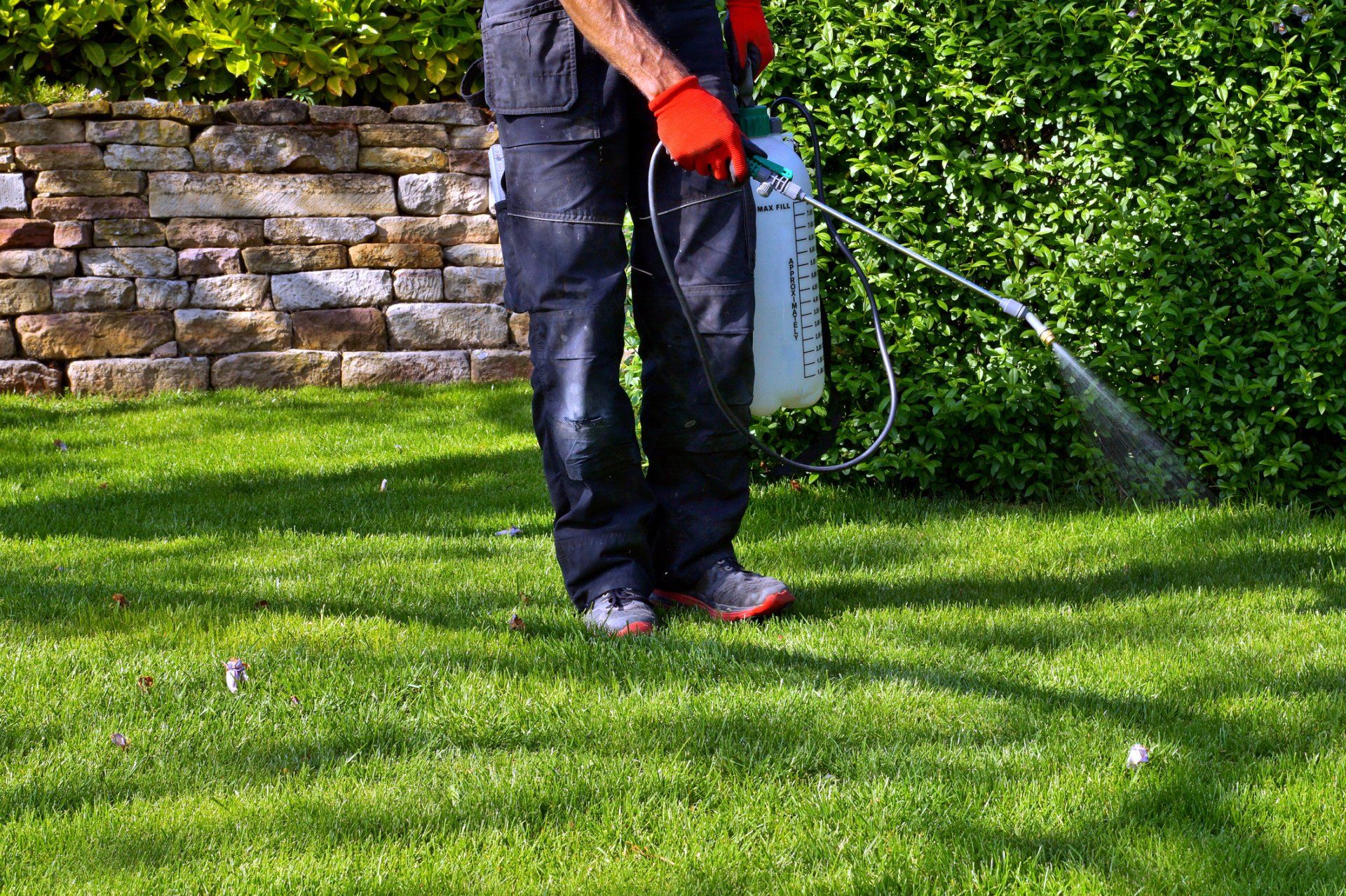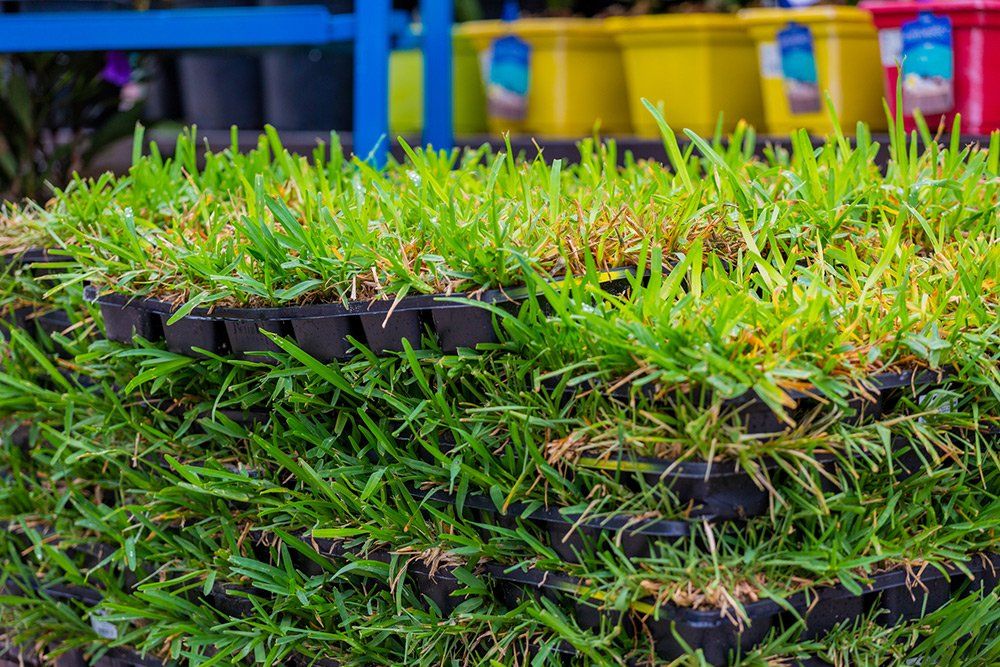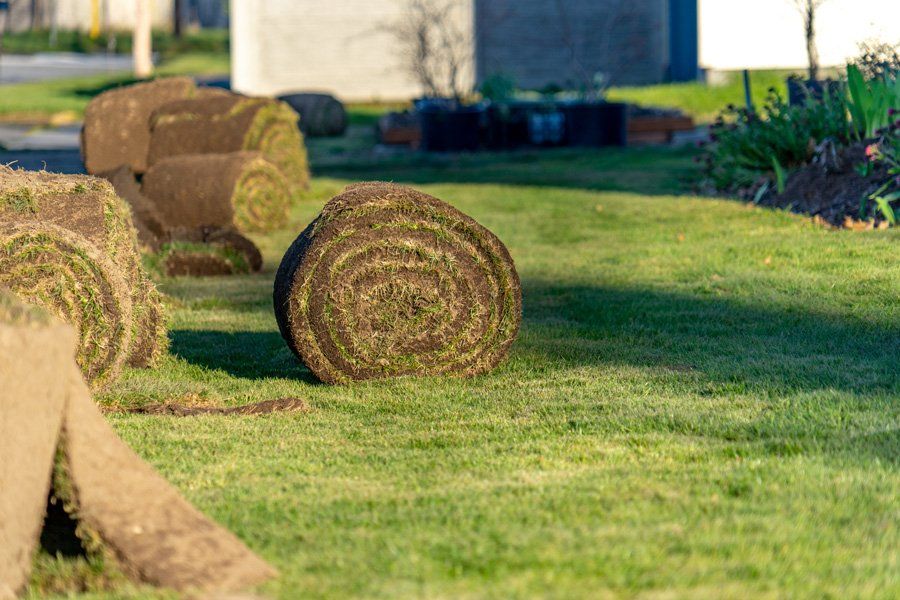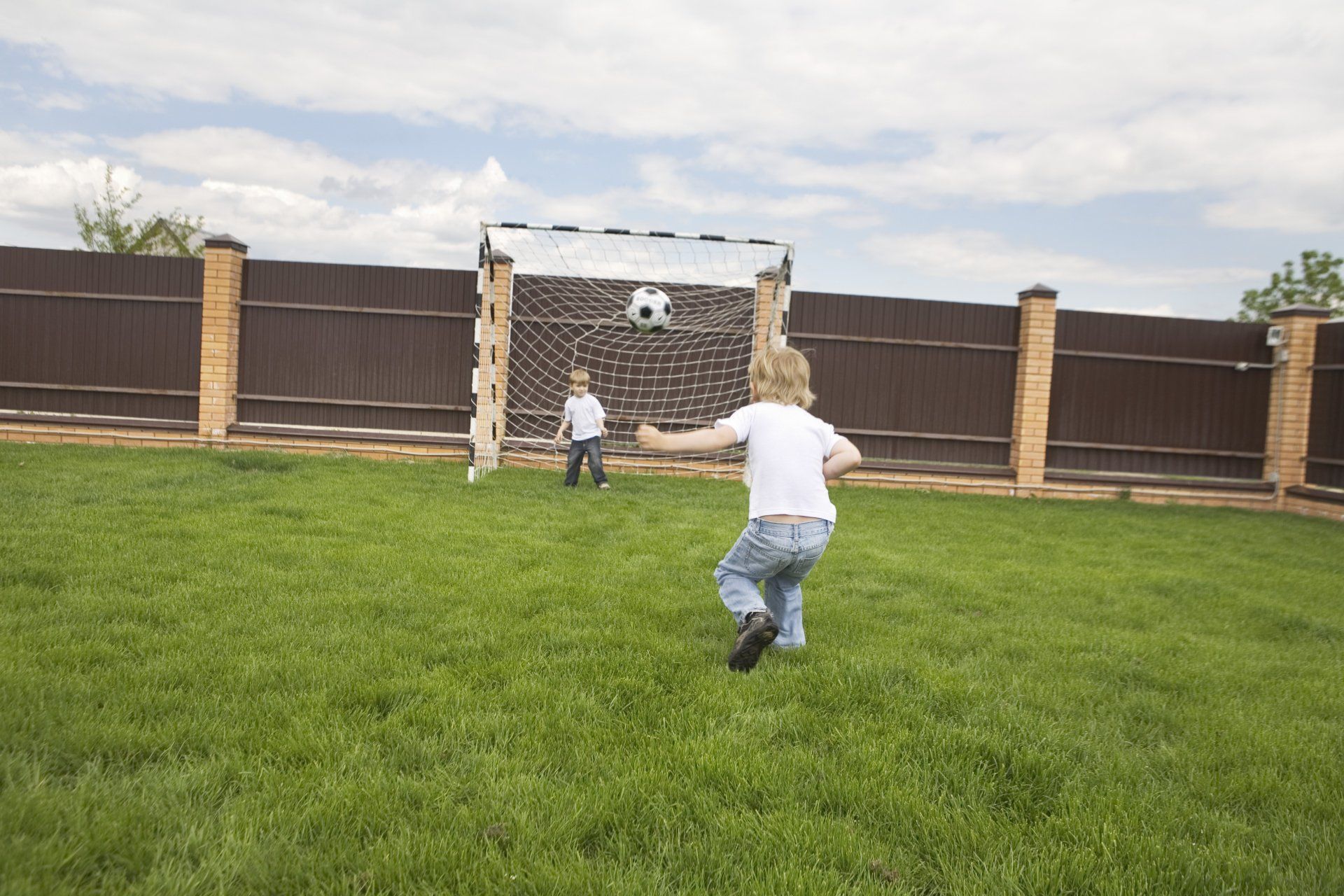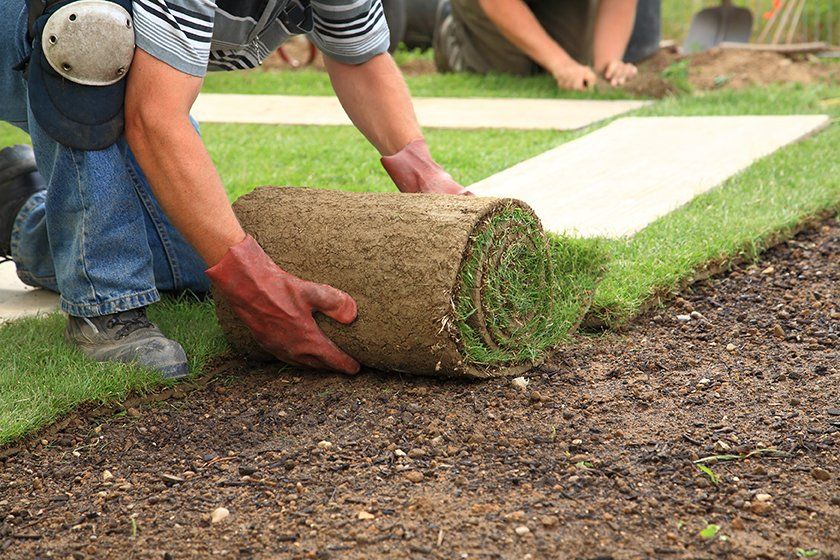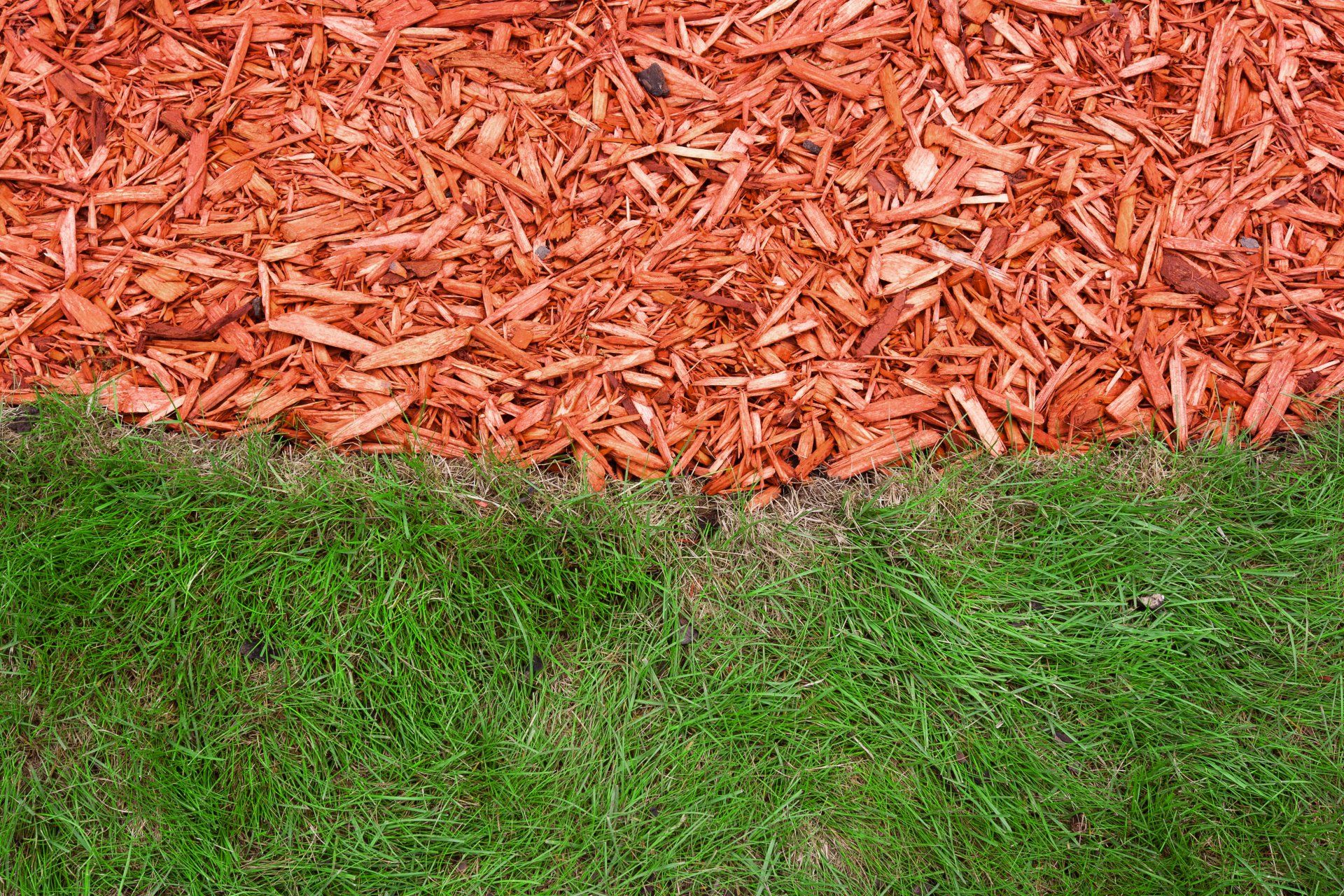Common Sod Problems & Solutions
- By Admin
- •
- 06 Jan, 2020
- •
If you plan to add new sod to your landscaping soon, then now is the time to learn how to care for your sod properly. Thankfully, most new sod problems are fixable, especially when caught during their early stages of development.
Read on to learn about common sod problems, their potential causes, and their solutions.
Sod Turns Brown in Color
If you notice your bright green sod turning brown in color, then you may panic and think that the brown grass is dead and cannot be revived. However, brown grass is not necessarily dead. Grass can turn brown due to death or dormancy. Typically, grass turns brown and stays dormant for about six weeks or even longer before it dies.
You can encourage your sod to come out of dormancy by fixing the problem that triggered the dormant phase to begin with.
Under-Watering
First, ensure you are watering your new sod at least once a day during the first week after it is installed or even more often if your turf installation expert suggests it. Watering your sod properly can revive grass that has become dormant due to lack of water.
Soil Compaction
If you are already watering your sod properly, check the soil beneath the sod. The soil should appear fairly loose and not be compacted. Compacted soil often lacks the ability to absorb enough water to keep sod roots properly hydrated and lacks the oxygen your grass needs to thrive.
If the soil underneath your sod appears compacted, then pull up the sod, aerate the soil underneath it with a garden aerator, and then relay your sod.
Unnecessary Fertilizer
New sod requires no fertilizer. If you accidentally applied fertilizer to your sod, it could have triggered dormancy. Your dormant sod grass should turn green again after you stop unnecessary fertilization.
Sod Doesn't Take Root Properly
Sod rooting occurs in two stages: shallow rooting and deep rooting. Shallow rooting typically occurs during the first two weeks after sod installation, and then deep rooting begins to occur.
If your new sod does not establish a shallow root system after two weeks, or if your sod has failed to move past the shallow root stage for several weeks, don't despair. Your sod can still establish a good root system once you find the cause of the rooting problem.
Floating Sod
If you notice poor contact between your sod and the soil beneath it, then you have a case of floating sod that can discourage proper sod rooting. To help floating sod integrate with the soil underneath it, water your sod then run a garden roller over it.
Improper Sod Watering
Insufficient watering during the first week after installation may not always cause your sod to become dormant, but under-watering can still interfere with sod shallow root system development. Be sure to water your sod frequently during the first week after installation to encourage shallow rooting.
However, to encourage a deep sod root system, water your sod just every other day and saturate the ground more thoroughly each time you water. This watering schedule encourages shallow sod roots to extend deeper into the soil to collect water that remains after water evaporates from the surface soil.
Mowing Your Sod Too Short
Photosynthesis, which is the process grass and other plants use to create food when exposed to the sun, occurs in grass blades. The food created when the sun strikes grass blades is sent to plant roots to nourish them.
Due to their greater surface area, longer grass blades produce more nutrients than shorter grass blades do. So you should avoid mowing your sod too short in the early weeks while it struggles to establish a good root system.
If you will have sod installed in your yard soon, plan to care for it properly to keep the grass in good shape and encourage proper sod rooting. Contact Turf Master Sod Farms for new sod installation today.


